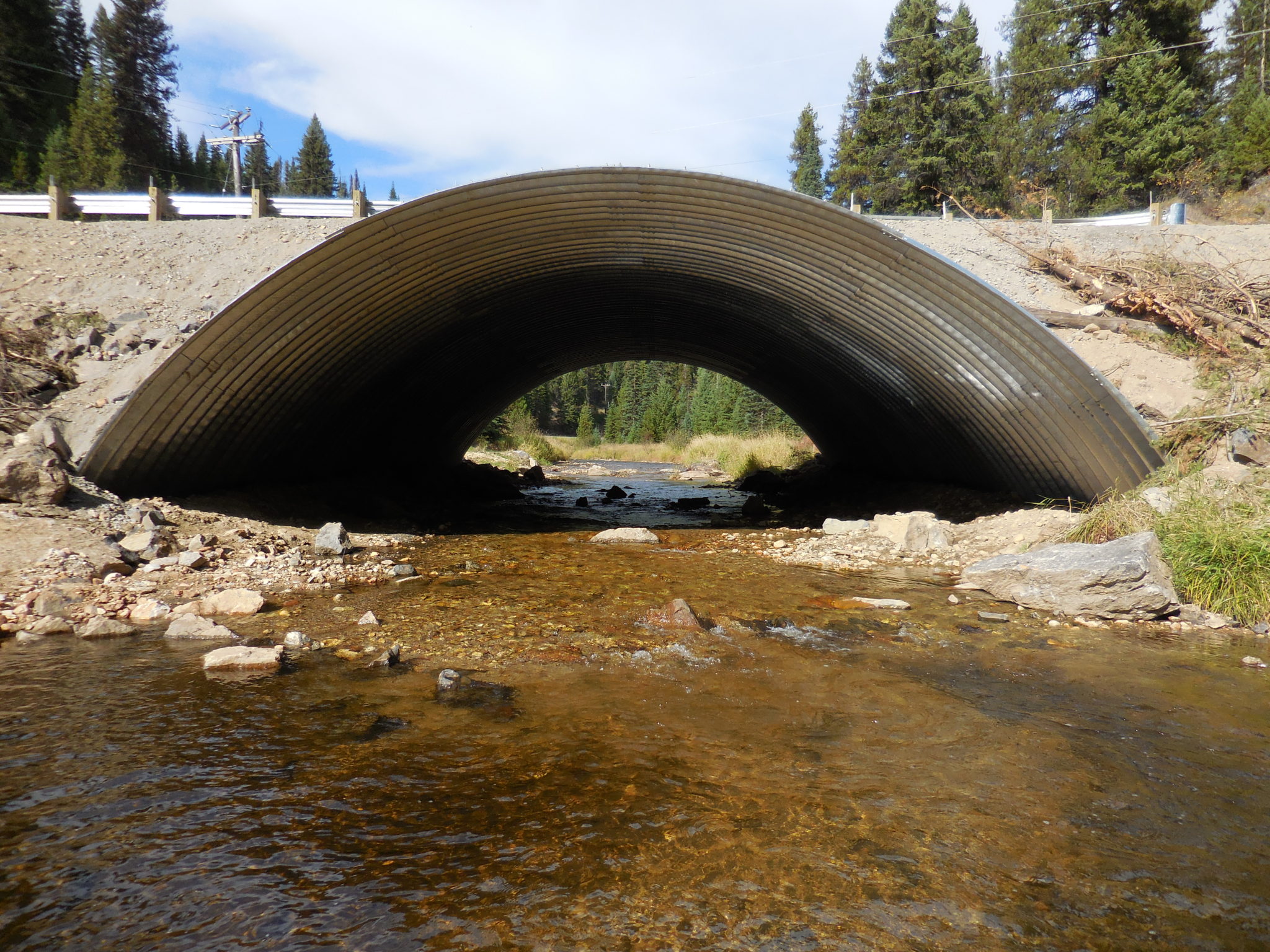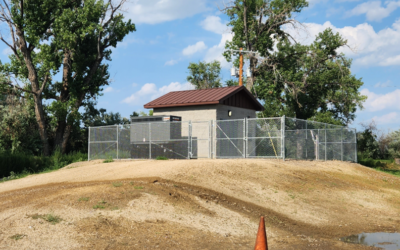What are AOP Structures?
Aquatic organism passage structures aim to replace structures that act as barriers to aquatic species with structures that allow the natural passage of aquatic species (fish, frogs, salamanders, insects, microorganisms), upstream and downstream within a stream channel. Typical barriers to passage are height barriers due to a perched culvert end and velocity barriers due to excessive stream flow velocity. Although important to the overall design of such structures, hydraulic conveyance and adequate road function are secondary objectives to achieving aquatic organism passage.
Only recently has the importance of AOP’s become more well known in the engineering world. Recently installed aquatic organism passage structures are facilitating the annual migration and/or spawning of numerous species throughout the United States to historic reaches of streams previously blocked due to man-made barriers. AOP structures also promote genetic diversity in streams by ensuring particular populations do not become isolated from general species populations downstream of a structure.
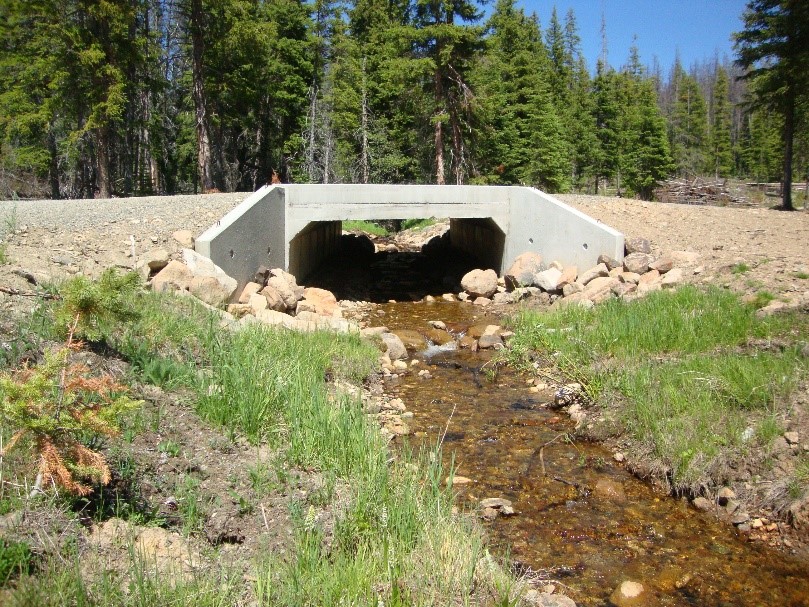
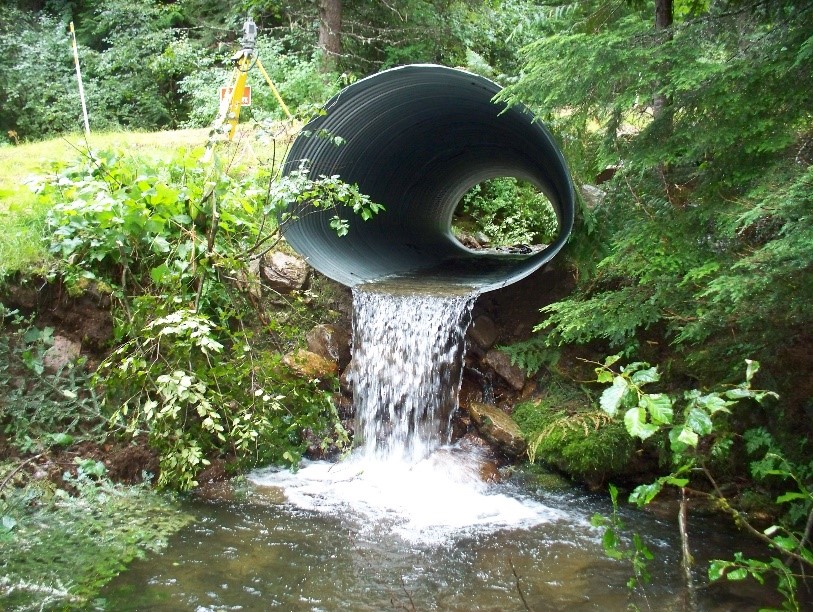
Have Questions?
Design Methodology
Up until relatively recent history, culverts and bridges were designed primarily for hydraulic conveyance of specific flood events with little thought to how the new structure could affect aquatic species living in the stream. In many cases, culverts sized strictly based on hydraulic area, will narrow the channel excessively resulting in increased velocity through the structure. The increased velocity becomes a barrier when fish and other aquatic species can no longer swim upstream. In other cases, culverts were set too flat and over time, a height barrier is created when the culvert outlet erodes to its natural stream grade, resulting in a perched culvert.
Today, when aquatic organism passage is part of the scope of a project, the primary design philosophy is to make the channel inside a culvert or under a bridge simulate the characteristics and function of the adjacent natural channel so that it will present no more of an obstacle than the natural channel. This results in a structure that is generally wider than what was previously installed to accommodate a natural stream section through the structure.
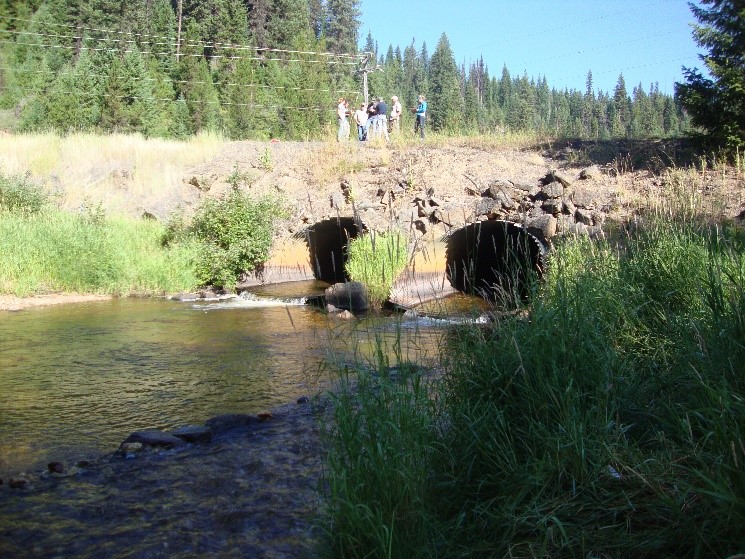
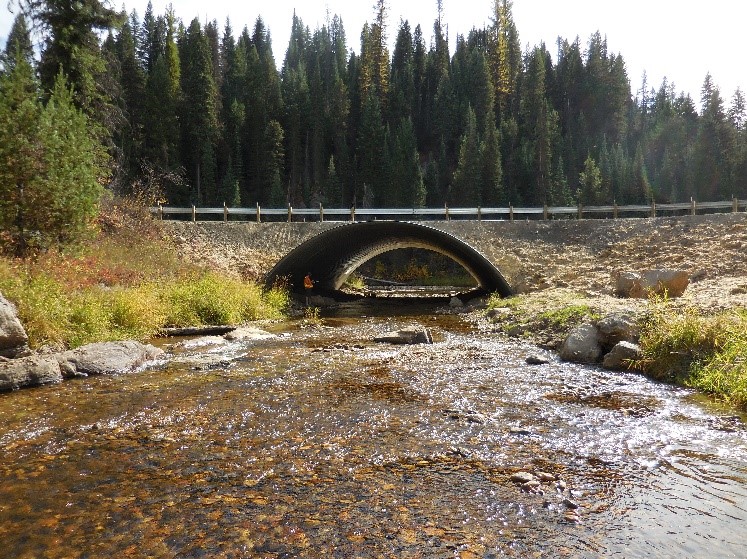
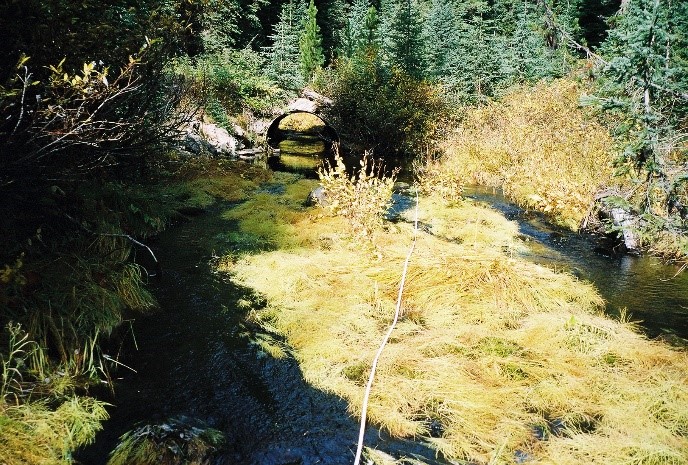
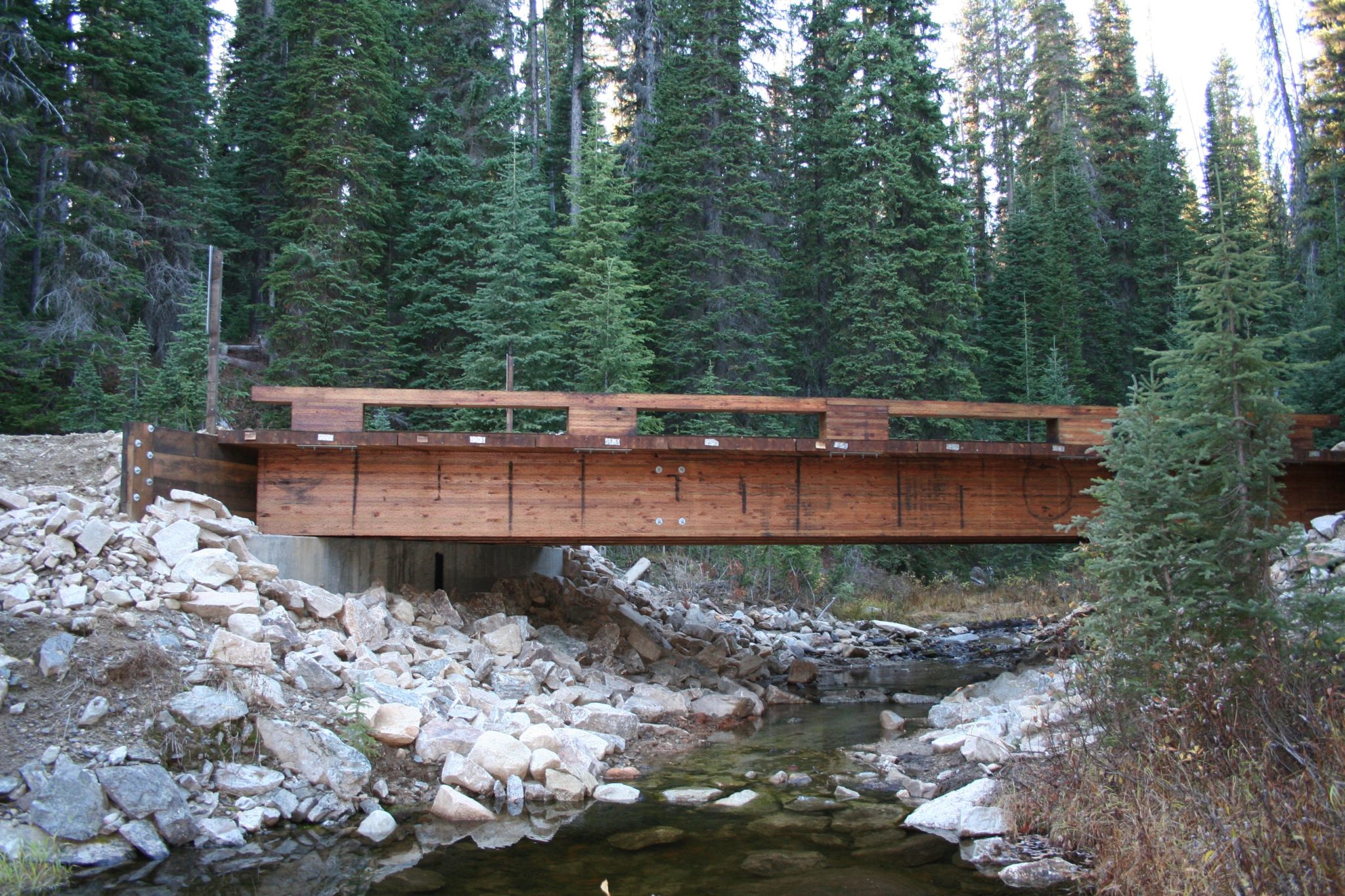
Replacement of an Existing Culvert with a New Culvert
Culverts that pose a barrier to aquatic species can be replaced with several newer culvert types that provide aquatic organism passage. AOP culverts fall into two categories, open bottom and closed bottom. Site location and characteristics dictate which type of structure is best suited to a particular crossing. Common variables include stream gradient, bankfull channel width, roadway crossing geometry and height of fill.
Open bottom configurations allow the stream channel to be re-contoured through the culvert to blend seamlessly with the adjacent channel and allow for natural sediment passage as the channel erodes naturally over time. Typically, open bottom configurations are achieved with either a corrugated steel structural plate arch or a three-sided concrete box, both of which are usually placed on precast concrete spread footing foundations.
Closed bottom structures cam be constructed for AOP replacements by filling the bottom of the culvert with streambed material to mimic the adjacent channel. Closed bottom structures are typically used on lower gradient streams not subject to high velocities, which could result in material loss through the structure.
Replacement of an Existing Culvert with a Bridge
If analysis reveals that culverts are not recommended replacement structures (due to hydraulics, debris, span limitations, etc) bridges are selected as the preferred replacement structure. Replacing a culvert with a bridge typically involves removing the existing culvert barrier, excavating the culvert fill material to restore a natural channel configuration, and spanning the newly widened channel with a bridge structure. Although generally costlier than AOP culverts, bridges do sometimes result in a more economical AOP crossing, especially on steep stream channels, potential deep fill culvert sites, or where other factors necessitate special accommodations to culvert type structures resulting in increased fabrication and construction costs.
Conclusion
AOP design and implementation is an important step in restoring aquatic habitat that has been damaged and neglected by man-made barriers. When replacing crossing structures over streams that support aquatic species, AOP structures should be considered in the initial scoping of such projects. The installation of AOP structures is a responsible step that goes a long way to preserving the phenomenal fisheries in the Northern Rockies that we can all enjoy.
Authored by Grayson Gillin, EIT
LATEST NEWS
Ki-Ai Pierson Promoted to Funding Manager
Great West Engineering is pleased to announce the appointment of Ki-Ai Pierson as Funding Manager. As Funding Manager, Ki-Ai will work to offset project costs by securing competitive grants and other funding for Great West’s clients. Ki-Ai leads a team of funding...
Journey to Becoming a Professional Engineer
The engineering profession is a challenging and rewarding career. If you ask any one person why they decided to become an engineer, you will hear many different reasons and stories. My engineering journey started by chance. I knew I enjoyed science and math and...
Lift Stations Overview
Wastewater lift stations might arguably be the most critical structure in your community. While the general public may not know that lift stations are even there, everyone knows when they fail. The failure of a lift station can result in an emergency situation where...

